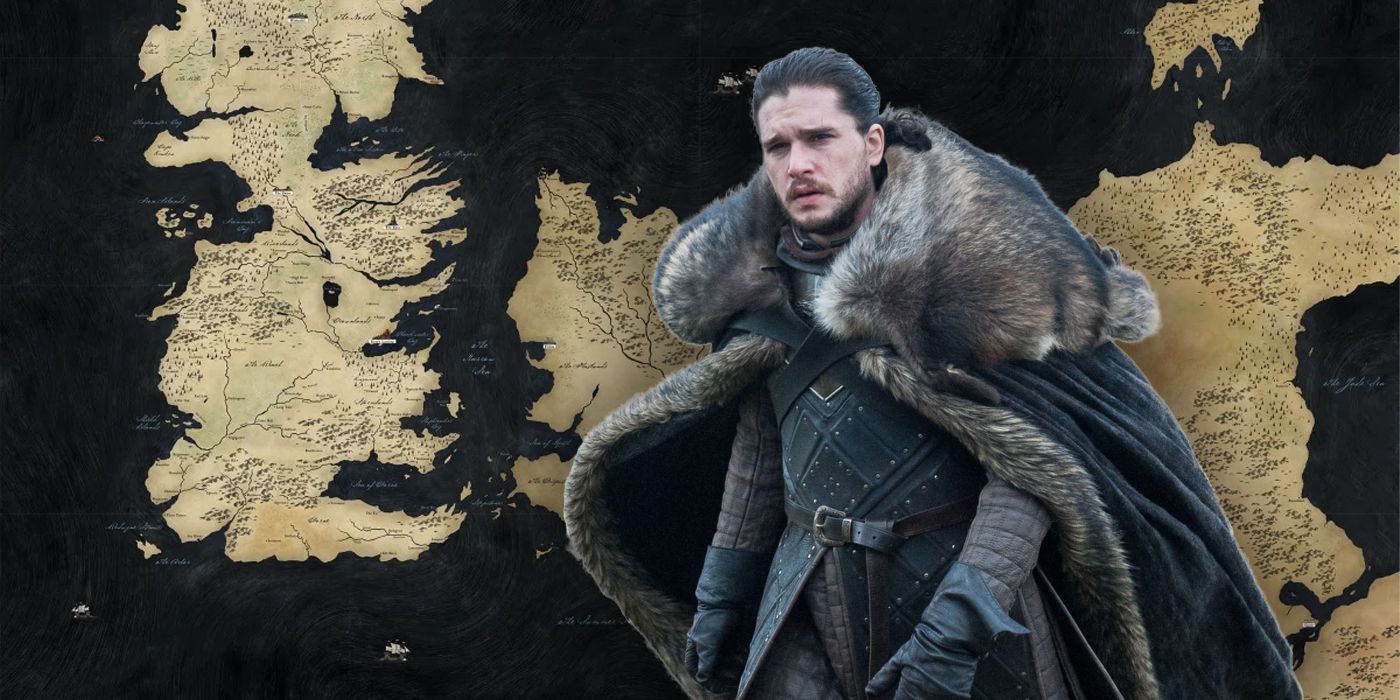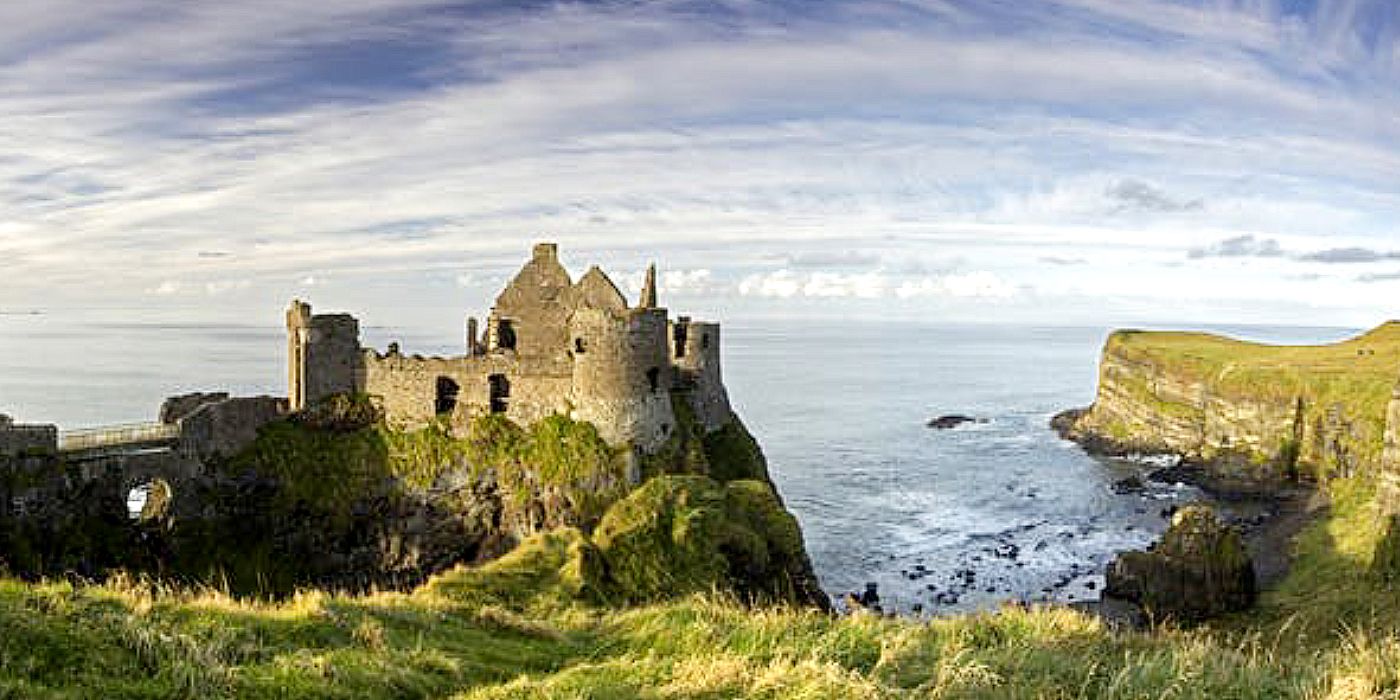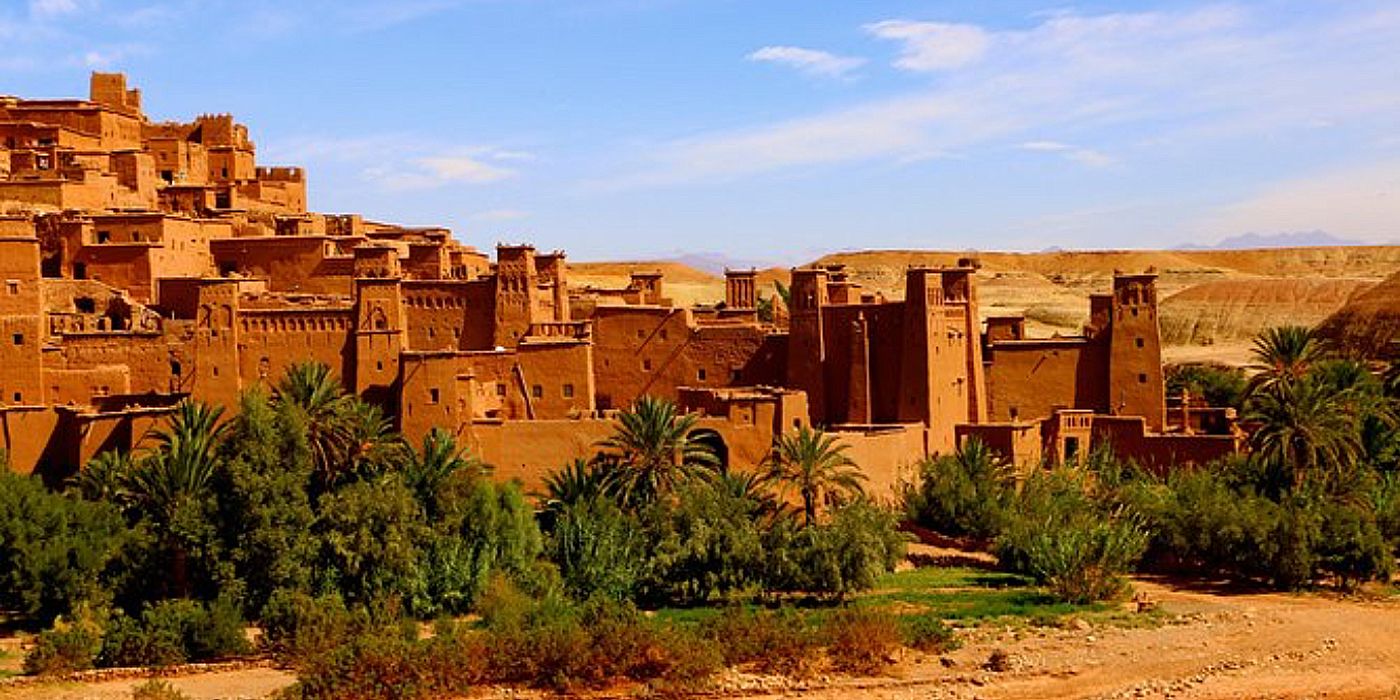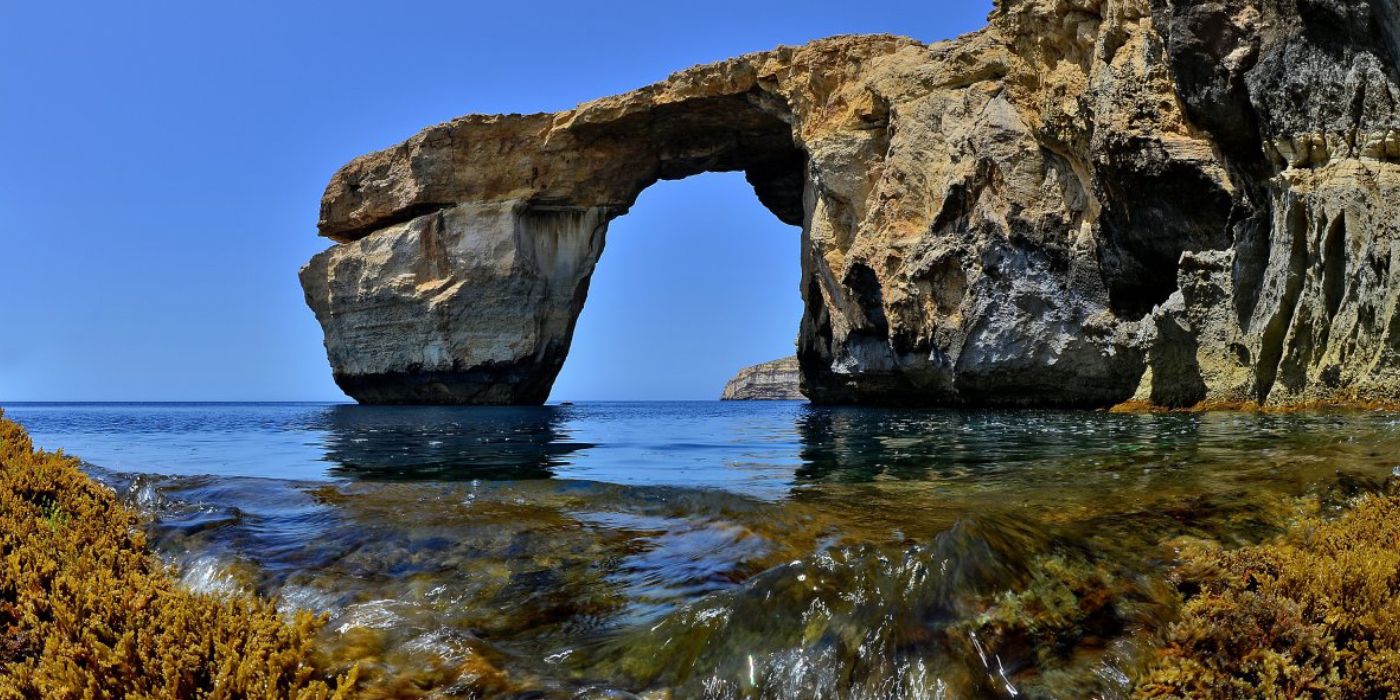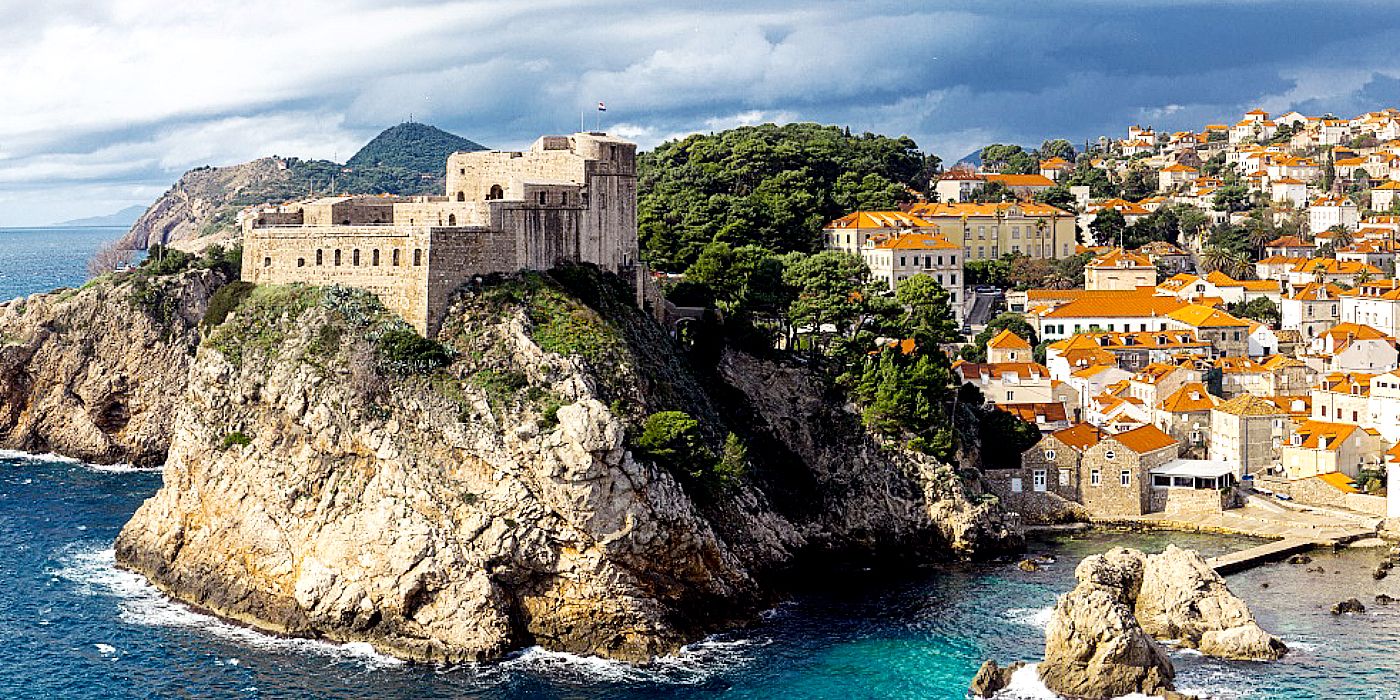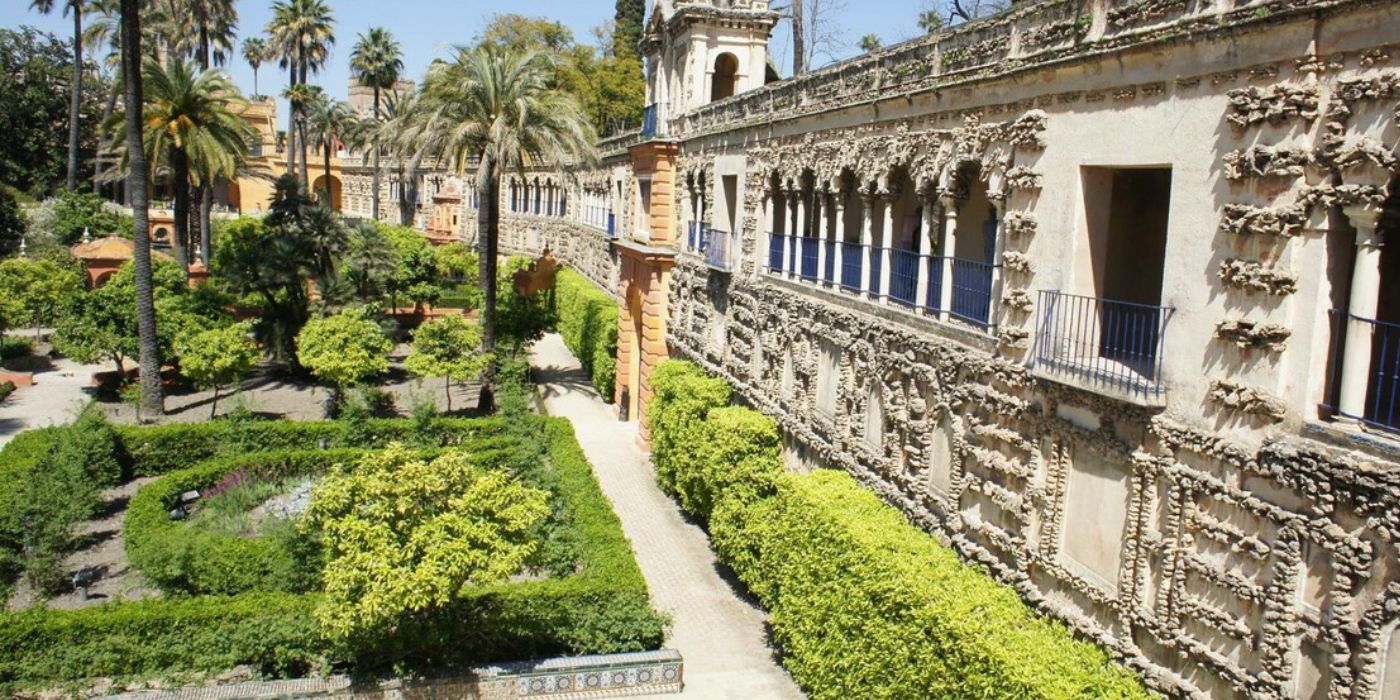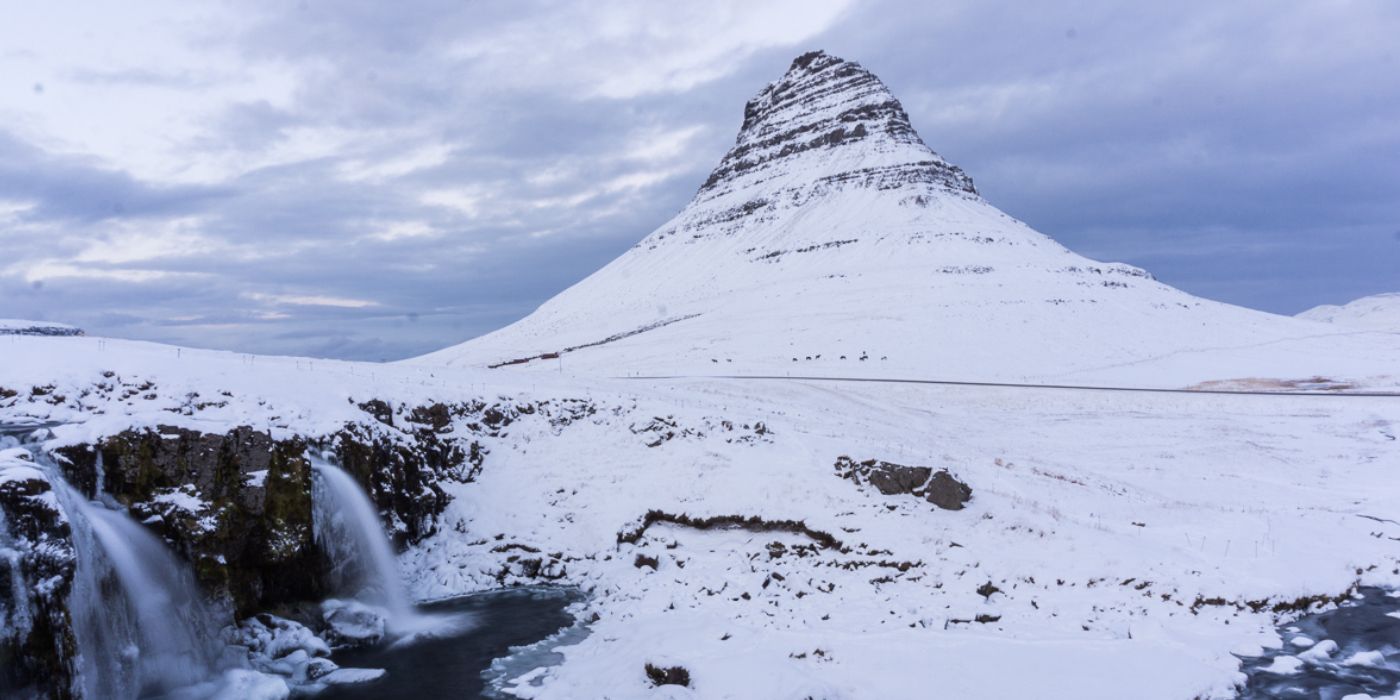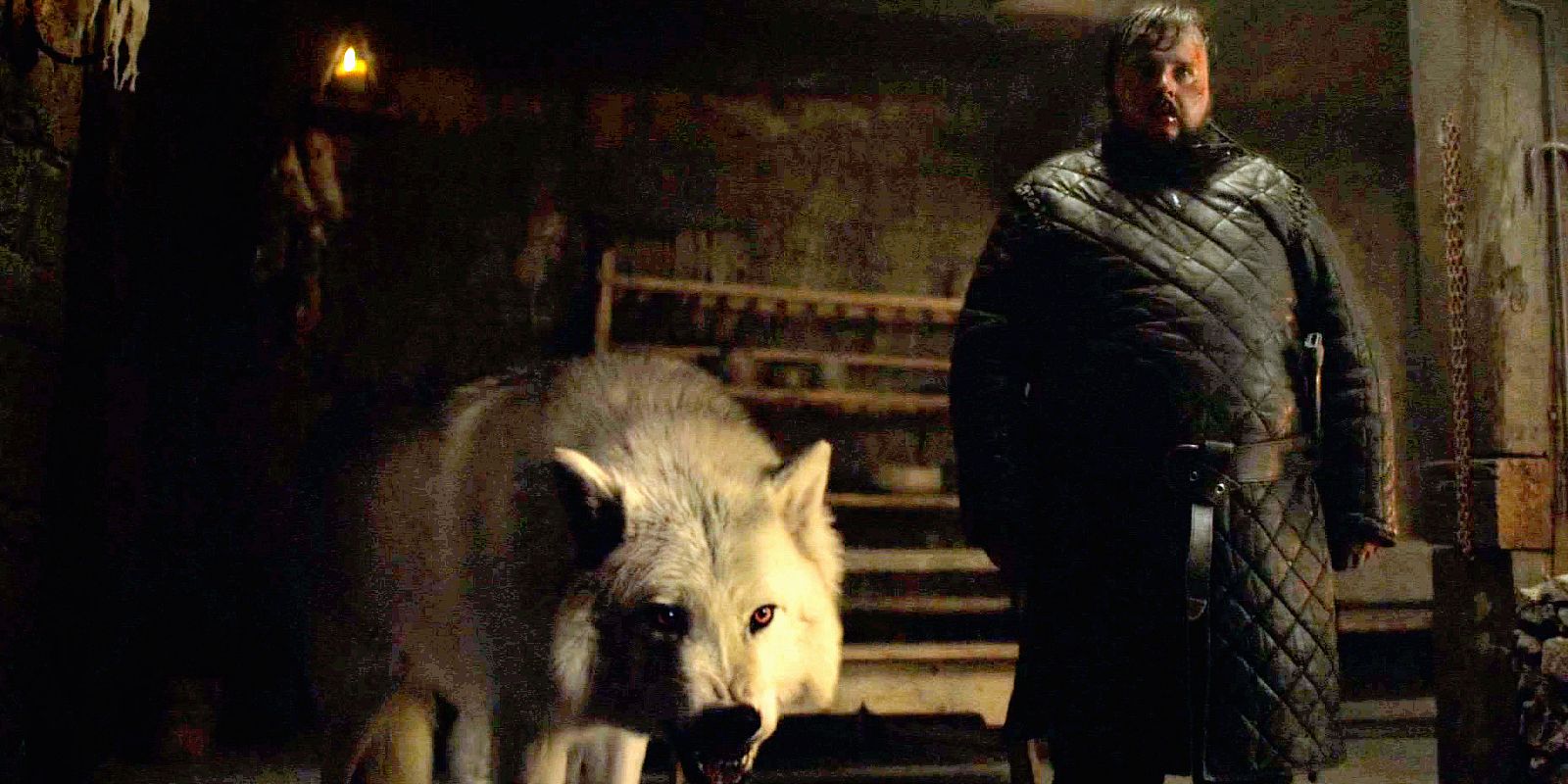Game of Thrones was one of the most expensive TV series in recent memory, and a lot of that was due to the massive sets needed for filming. Rather than just a handful of filming locations, the HBO series used dozens of spots around the globe to produce eight seasons of the award-winning title. Not only did Game of Thrones put a ton of effort into creating the fictional world of Westeros and the surrounding areas, but it also showcased some of the most beautiful locations around the world.
As Game of Thrones continued dominating the world of TV, more and more locations were scouted, and eventually incorporated into the show's setting. Westeros, which was the primary continent in focus, spanned a vast area that featured several different terrains and climates. The northern section was surrounded by woodlands while beyond the Wall served as a snow-covered tundra. In southern regions, the continent housed mountains, cliffs, and beachside cities. The show also featured deserts, islands, and dangerous seas. It's really no wonder why episodes cost $6-15 million to produce.
While many on-location settings remain off-limits to fans and visitors, there is an array of landmarks featured in tours around the globe. Since Game of Thrones ended in 2019, much of the extensive sets have been dismantled, but considering a lot of the location filming was for exterior purposes, there is plenty of key locations that would be familiar to diehard fans. Here's a breakdown of the countries used for filming, and the most noteworthy locations featured in the series.
Northern Ireland
While a good portion of Game of Thrones was filmed on-location throughout the world, a lot of the series was filmed at the Paint Hall Studios in Belfast, Ireland. The studio served as the headquarters for on-set production, housing interior settings such as the Iron Throne room, Winterfell, Castle Black, the Great Sept of Baelor, and the Red Keep. As the largest film studio within Europe, Paint Hall was equipped with the vast sizes required for the show's expansive needs.
Based on the location of Paint Hall Studios, the Game of Thrones crew filmed on-location in nearby areas within Northern Ireland. Cairncastle was used in the pilot episode as the site of Ned Stark's execution the deserter of the Night's Watch whereas Magheramorne Quarry, which was just a few minutes away from the studios, served as the location for the exterior of Castle Black and Hardhorne. The Stark home of Winterfell was originally shot in Scotland for season 1 but was later moved to Castle Ward in Ireland. When the Stark family found a litter of direwolves in the woods outside of Winterfell, the group was actually wandering around Tollymore Forest Park.
In addition, Ballintoy Harbour stood in for the Iron Islands, the home of House Greyjoy seen in season 2. Other filming locations in Northern Ireland included "Dark Hedges" of Armoy, which served as the Kinsgroad, Ballymoney and Sandy Brae, two locations that served as scenes of the Dothraki Sea in season 1, and Corbet, the location used for the exterior for Riverrun in season 6. The cave where Melisandre gave birth in season 2 was also located in Northern Island, specifically, the picturesque Cushendun Caves. Downhill Strand then served as the exterior beaches of Dragonstone and most notably, the memorable rowing scene featuring Gendry in season 3. Season 8's "The Long Night" was notably filmed at Moneyglass and Saintfield.
Morocco
Morocco was a primary shooting location for Game of Thrones' unaired pilot. It was later used for the cities of Astapor and Yunkai in Slaver's Bay during the show's third season. The location of Pentos was notably filmed in the fortified city of Aït-Ben-Haddou. The production team moved on from Morocco following season 3.
Malta
After Morocco served as the site of Southern regions of Westeros in the Game of Thrones pilot, on-location filming shifted to Malta, the island country in the Mediterranean Sea. Season 1 featured the famous Azure Window as the site of Daenerys Targaryen and Khal Drogo's wedding. The island was also in focus during Ned Stark's execution scene, which took place at Fort Manoel, a structure built in the 18th century.
Croatia
Following the show's debut season, production in Malta moved to Croatia, and remained there for the duration of Game of Thrones. The city of Dubrovnik served as one of the primary shooting locations, being used for the exterior of King's Landing. Nearby, at Gradac Park, Joffrey Baratheon's deadly season 4 wedding took place. The main street through Dubrovnik also served as the setting of Cersei Lannister's walk of shame in season 6. When Daenerys Targaryen walked through the House of the Undying in Qarth, she was actually inside the Minčeta Tower, the highest point in Dubrovnik.
Other major scenes filmed in Croatia included the season 4 trial by combat between Oberyn Martell and Gregor Clegane, which was shot at the Belvedere Atrium and the gardens that featured Sansa Stark's first encounter with the Tyrells, which were filmed in Trsteno Arboretum. More notably, however, was the fact that Sibenik, Croatia served as the Free City of Braavos, a location that heavily intersected Arya Stark's arc in season 5 and 6.
Spain
Beginning in season 5, Spain became a prominent filming spot, and that continued through Game of Thrones season 6. Seville, in particular, served as the site of the Water Gardens and Sunspear, the home of House Martell in Dorne. It also housed the sets used for the fighting pit in Mereern and Dragonpit. The Roman bridge of Córdoba was used as the Long Bridge of Volantis, as seen in season 5. The nearby location of Castillo de Almodóvar del Río was the setting for Highgarden, the home of House Tyrell shown in season 7.
A few other locations within Spain were used for various Game of Thrones settings, especially Mereen. Almería and the Peniscola area of Castellón served as Mereen for season 6. Meanwhile, Horn Hill, the home castle of House Tarly was depicted by Castell de Santa Florentina in Barcelona whereas Dragonstone Castle was set at San Juan de Gaztelugatxe in Bermeo. On the northern coast of Spain, Itzurun Beach in Zumaia and Muriola Beach close Barrika served as the beach of Dragonstone in season 7.
Iceland
Aside from Northern Ireland, Croatia, and Spain, Iceland became a major filming location during the production of Game of Thrones. The glaciers of Myrdalsjokull and Vatnajökull were used for scenes Beyond the Wall, as was the Hverfjall volcano. The frozen locations were used to portray the Fist of the First Men and the Frostfangs featured in season 2. Jon Snow and Ygritte's romantic encounter during season 4 took place in a Grjótagjá lava cave, a popular tourist spot. When Daenerys helped fight the Night King and his army of wights in season 7, the conflict occurred in the Icelandic mountain and waterfall in Kirkjufell.
Canada
In season 5, the Game of Thrones team wanted to use a real animal to portray Ghost, Jon Snow's direwolf. To film Jon's interactions with his loyal pet, the crew flew to Canada in order to film at a Calgary-based studio. A full-sized wolf named Quigley stood in for Ghost during the various scenes shot on the soundstage. The country wasn't as important a location as the others mentioned, but it still served a purpose.

